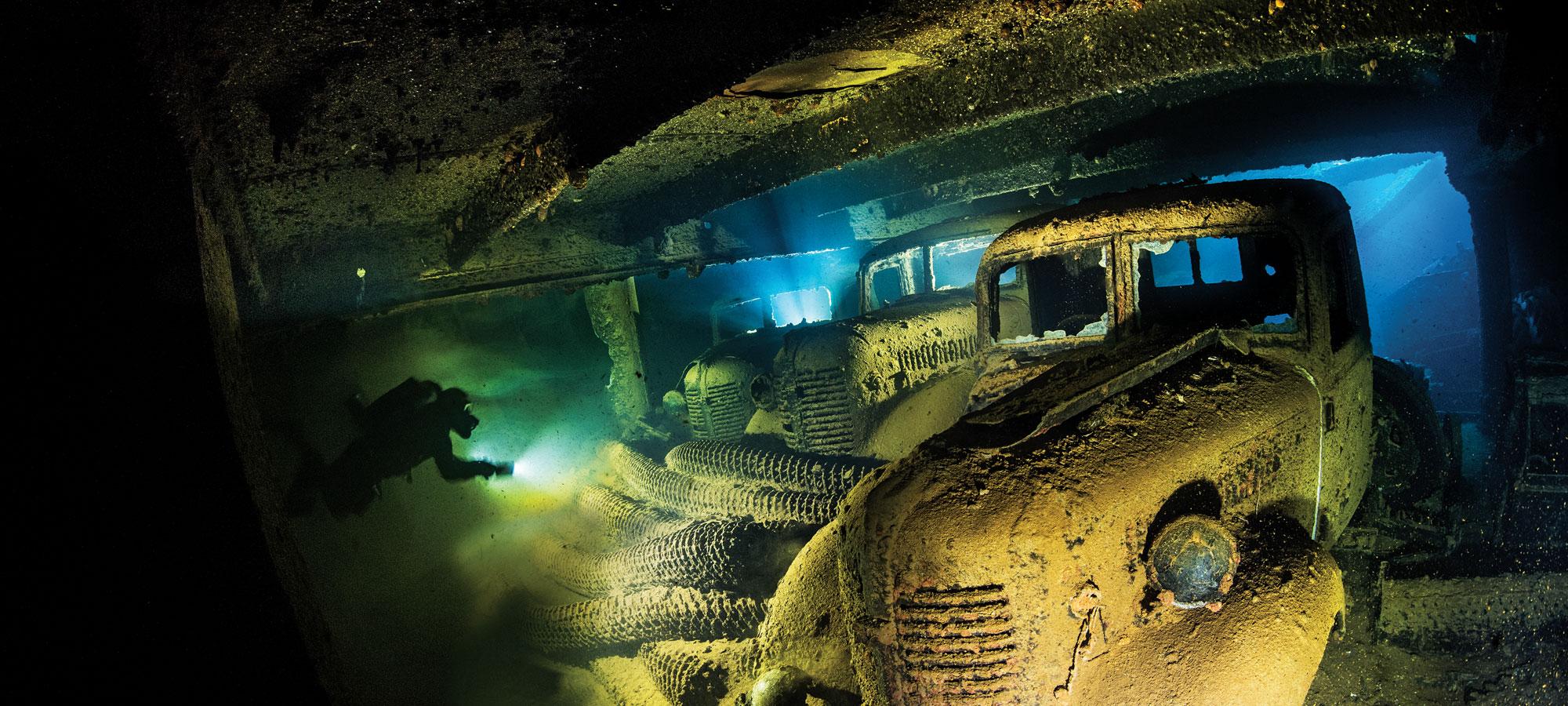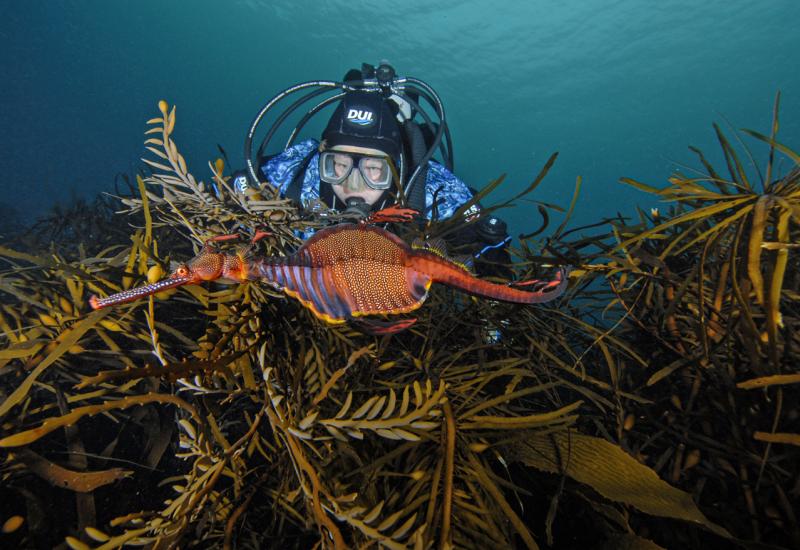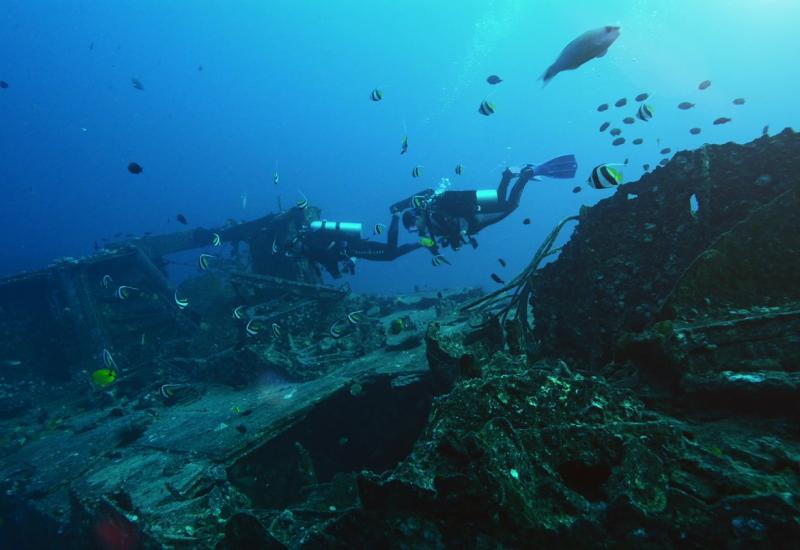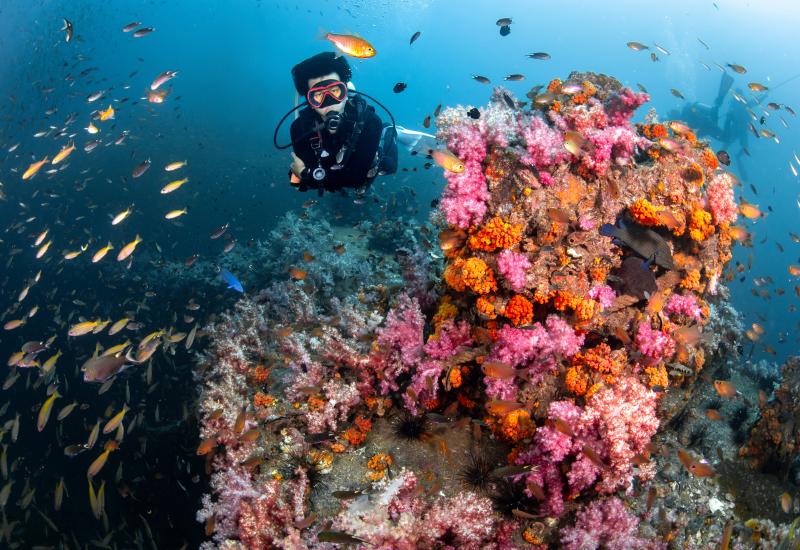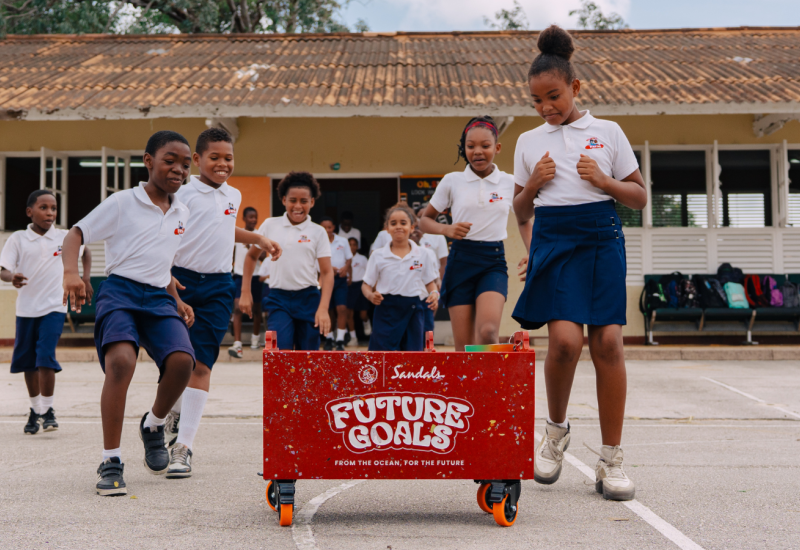Can Truk Lagoon Be Saved?
Laden with unknown amounts of wartime oil, fuel and other chemicals, the wrecks of Micronesia’s Truk Lagoon have withstood the corrosive effects of seawater for nearly 75 years. Now scientists have developed models to predict when structural failure may occur — and how to prevent that environmental catastrophe, preserving the lagoon and some of the most beloved wrecks in diving.
Exploring the shipwrecks in Chuuk, Micronesia, is a bucketlist trip for many scuba divers. Chuuk (then known as Truk) was a strategic base for the Japanese in World War II — that fleet was sunk in February 1944 by the Allies’ Operation Hailstone. Thousands of lives were lost; today close to 60 wrecks rest on the bottom of Truk Lagoon.
Our trip in December 2015 had special purpose — it wasn’t your typical dive pilgrimage. This is our story.
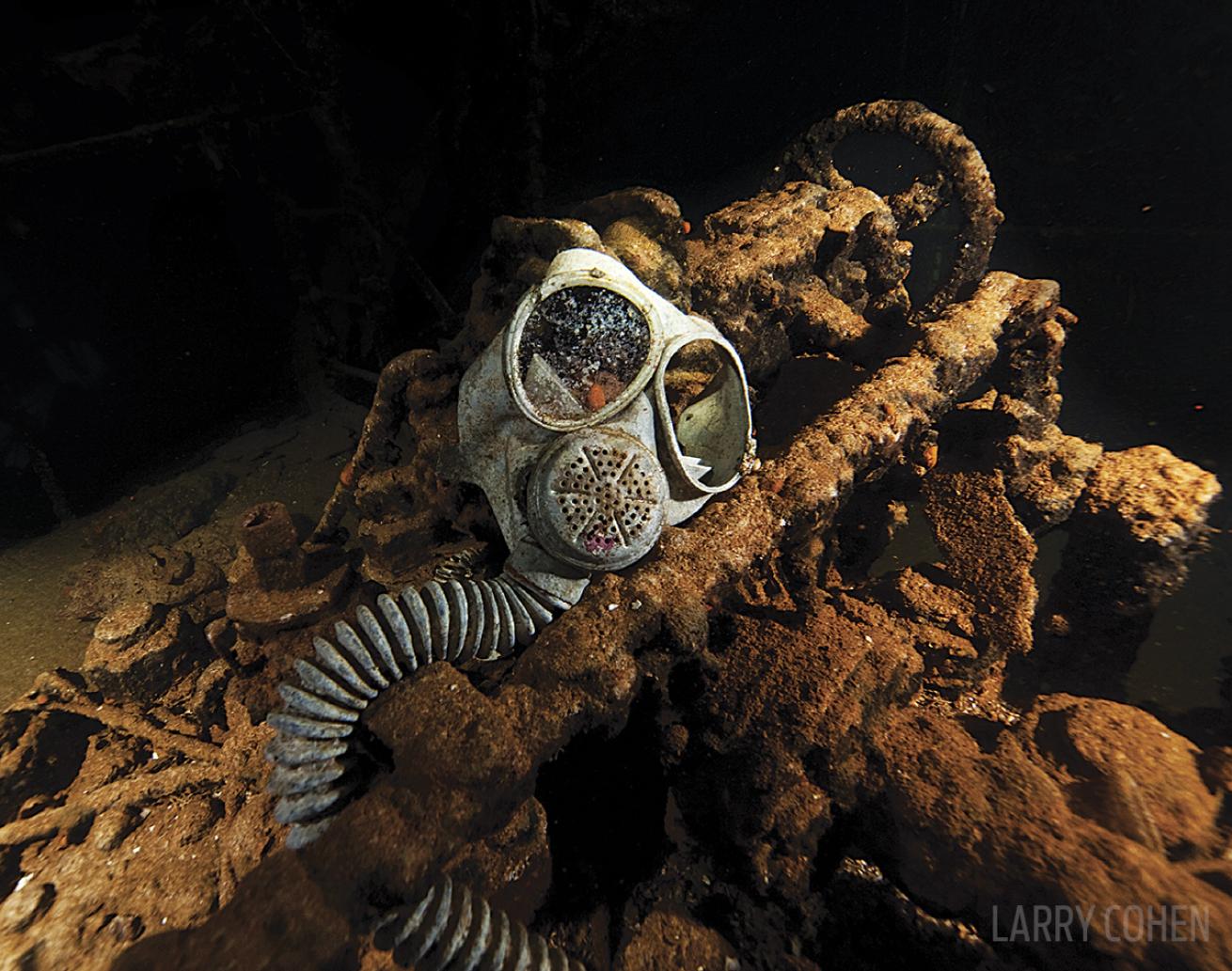
Larry CohenA gas mask on the Fujikawa Maru — only its hull might be preservable.
The Wreck Doctor
Through our work as corrosion engineers in the oil and gas industry in Perth, we became acquainted with Dr. Ian MacLeod, an Australian electrochemist internationally known for his expertise in shipwreck research and conservation. His work has brought to life the stories of many forgotten ships. Our plan was to make a documentary about his work in shipwreck conservation.
Ticking Time Bombs
MacLeod had been involved in two expeditions to Truk Lagoon, in 2002 and 2007. His interest stemmed from the threat of oil pollution. These ships were laden with wartime fuel supplies, and an unknown volume of oil remained. Because steel corrodes freely in seawater, with time, loss of containment is inevitable. A study presented at the International Oil Spill Conference estimated that between 757 million and 6 billion gallons of petroleum product might still be contained in shipwrecks worldwide. In comparison, the 1989 Exxon Valdez disaster spilled 11 million gallons, and the 2010 Deepwater Horizon leak released an estimated 206 million.
Over the years, MacLeod has surveyed dozens of shipwrecks to develop a corrosion model that is used to predict shipwreckdegradation rates. This helps quantify when loss of containment could occur — as well as structural failure, potentially affecting the safety of divers — and can be used to justify the timing of remediation programs.
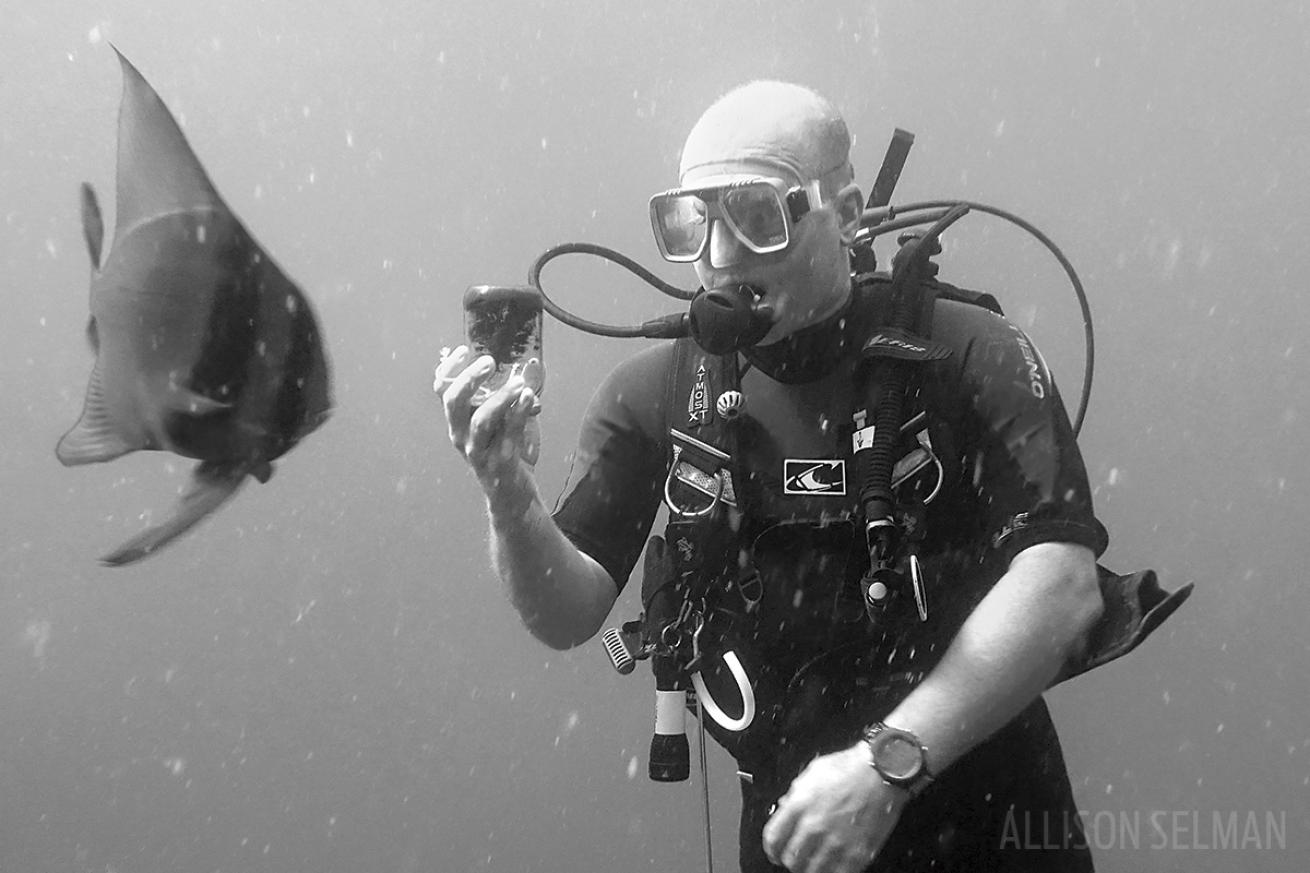
Allison SelmanCo-author Chris Selman ascends with an oil sample recovered from Shinkoku Maru that was found to be missing, damaging heavy hydrocarbon chains present in most WWII era wrecks; the sample contained live bacteria that might be capable of breaking down those chains. If DNA sequencing and testing confirm that bacteria are able to break down those hydrocarbons, this presents a potential bioremediation solution that could be applied to any shipwreck around the world.
Accidental Volunteers
Finding out MacLeod could no longer dive due to health issues, we volunteered to re-survey the Chuuk wrecks so he could complete his corrosion model. MacLeod enthusiastically agreed — no scientist ever turns down the offer of a new data set — and he trained us in his laboratory. Before we knew it, we had completed test dives on local Perth wrecks, packed up the survey gear, dive equipment and cameras, and were on the 48-hour journey from Perth, Western Australia, to Chuuk, Micronesia.
Surveying the Shipwrecks
We surveyed 12 wrecks. The process involved recording the pH, voltage, depth, temperature, water salinity and thickness of marine-growth concretion (a hard layer formed by the calcification of marine growth). Readings were taken along the length and depth of each ship.
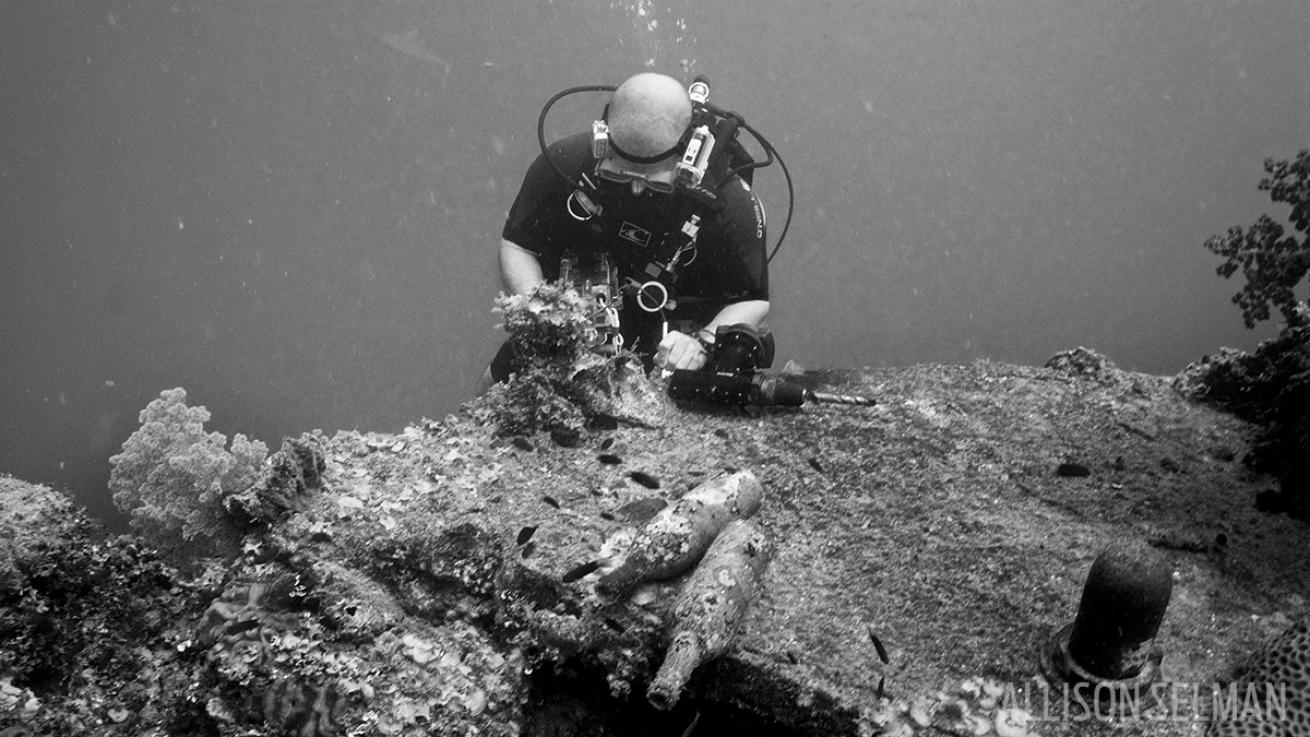
Allison SelmanChris Selman performs a corrosion-management survey on the bow of the Fujikawa Maru.
Comparing our images with photographs from previous expeditions, the degradation of the shallower wrecks is evident to the naked eye. Weakened by corrosion, superstructures collapsed in a 2014 typhoon. The proud bridge of the Fujikawa Maru is now a crumpled heap; access to the famous “R2-D2” compressor in its engine room, while still possible, is potentially far more hazardous.

Ricardo CastilloFuel drums fill a hold on San Francisco Maru and many other vessels, posing hazards for the lagoon and possibly making ships undivable for years when they fail.
We were also on a mission to confirm reports that oil was still leaking. As our quest became known around the lagoon, other divers offered to help in our search. Oil slicks were spotted emanating from the Shinkoku Maru, one of three oil tankers sunk in the lagoon. As the dive boat moored over the wreck, the smell of hydrocarbons hung heavy in the air. One of the other divers, Liz Rogers, located an oil deposit in the engine room, and we went to obtain a sample, the first recovered from the Chuuk wrecks. Permission was granted by the government to fly the sample back to Australia for analysis.

Pete MesleyAn electronics board on Kensho Maru.
Saving the Wrecks of Truk Lagoon
So, what can be done?
First, to conserve the shipwrecks, a tried-and-tested solution is to slow the corrosion rate by installing a cathodic protection system. If an anode (a block of an active metal such as aluminum or zinc) is connected to the wreck, the active metal will corrode and provide enough electrons to satisfy the demand from the dissolved oxygen in the seawater, so the steel no longer loses electrons and corrodes. This technique, discovered in 1824, is still in widespread use on ships, marine structures, and in the oil and gas industry. In theory, the countless derelict cars scattered around the Chuuk islands could be cleaned up, crushed and used as anodes. As they are consumed, replenishing anodes could suspend the degradation of these shipwrecks nearly indefinitely. Electrons can also be supplied through the use of solar panels, similar to the methods used to accelerate growth on artificial-reef structures.

Pete MesleyKensho Maru
Second, there is a global need to develop a method to recover the hydrocarbons that remain in these shipwrecks. Our oil sample was analyzed and found to be missing the damaging heavy hydrocarbon chains; the sample also contained live bacteria. The theory is that this live- bacteria sample might be capable of breaking down the heavy hydrocarbon chains. This bacteria sample is being DNA-sequenced and-tested. If tests confirm the bacteria are able to break down the heavy hydrocarbon chains, this presents a potential bioremediation solution that can be applied to any shipwreck around the world. Should tests be successful, the next stage would be an attempt to cultivate the bacteria.
Either solution would require funding and commercial support to implement. There is the cost of doing the research work to prove the theory, funding of a pilot program to test the theory and, finally, funding of a dive expedition to Chuuk to apply the technology to the most at-risk wrecks in the lagoon.

Pete MesleyAmagisan Maru
Preserving the Memories
We have the technology. We can preserve these shipwrecks. And we should.
These wrecks are an underwater museum, many housing precious artifacts. Each has its own story; many are also war graves. One of our most memorable dives at Truk Lagoon was into the accommodations area of the Heian Maru. We gazed on the delicate pages of Japanese books, the scattered remnants of a doctor’s case, and uniforms still neatly folded, never to be worn again.
These wrecks are a part of world history. Instead of leaving them to rust away on the seabed, we should be preserving their stories and memories. And we can.
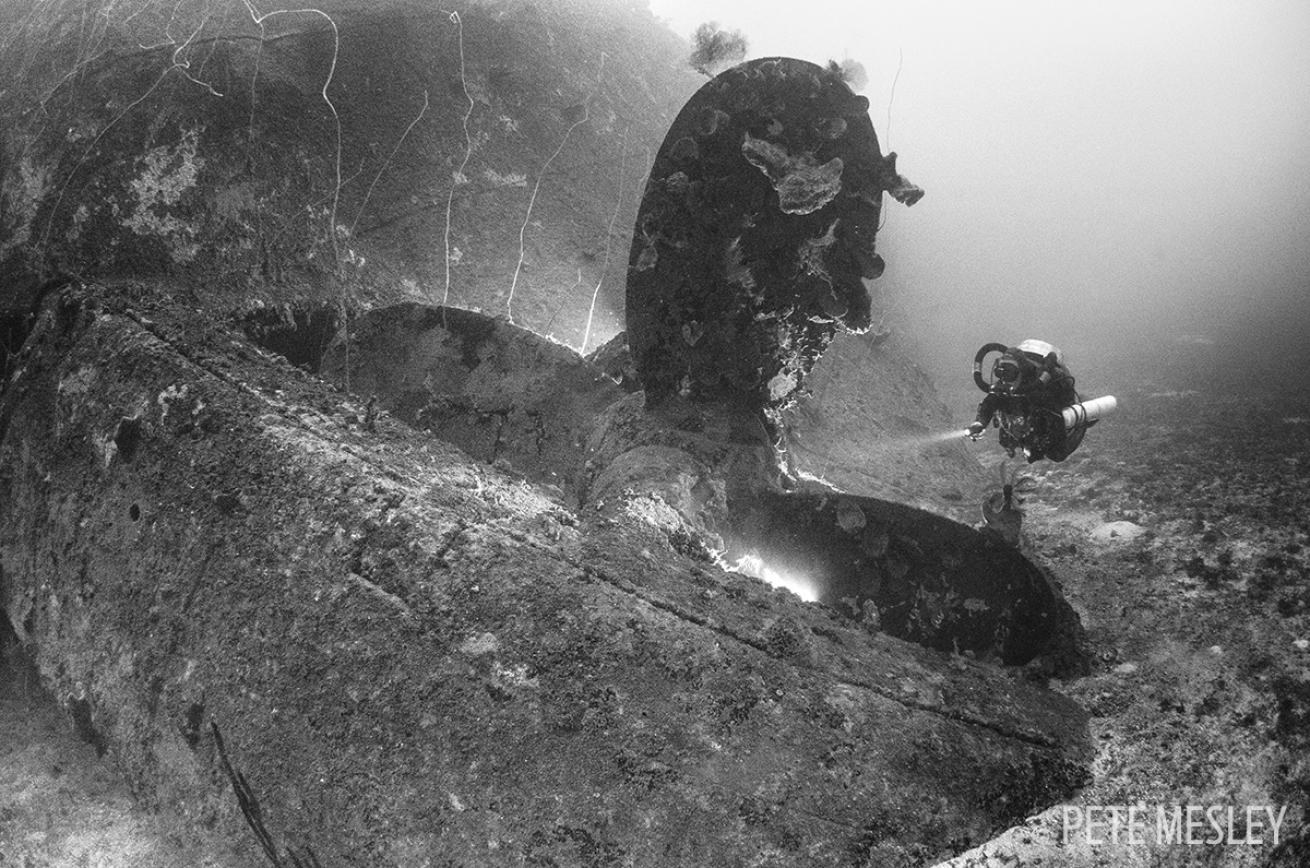
Pete MesleyA diver dwarfed by the huge prop on Amagisan Maru. All four of these wrecks are excellent candidates for preservation.
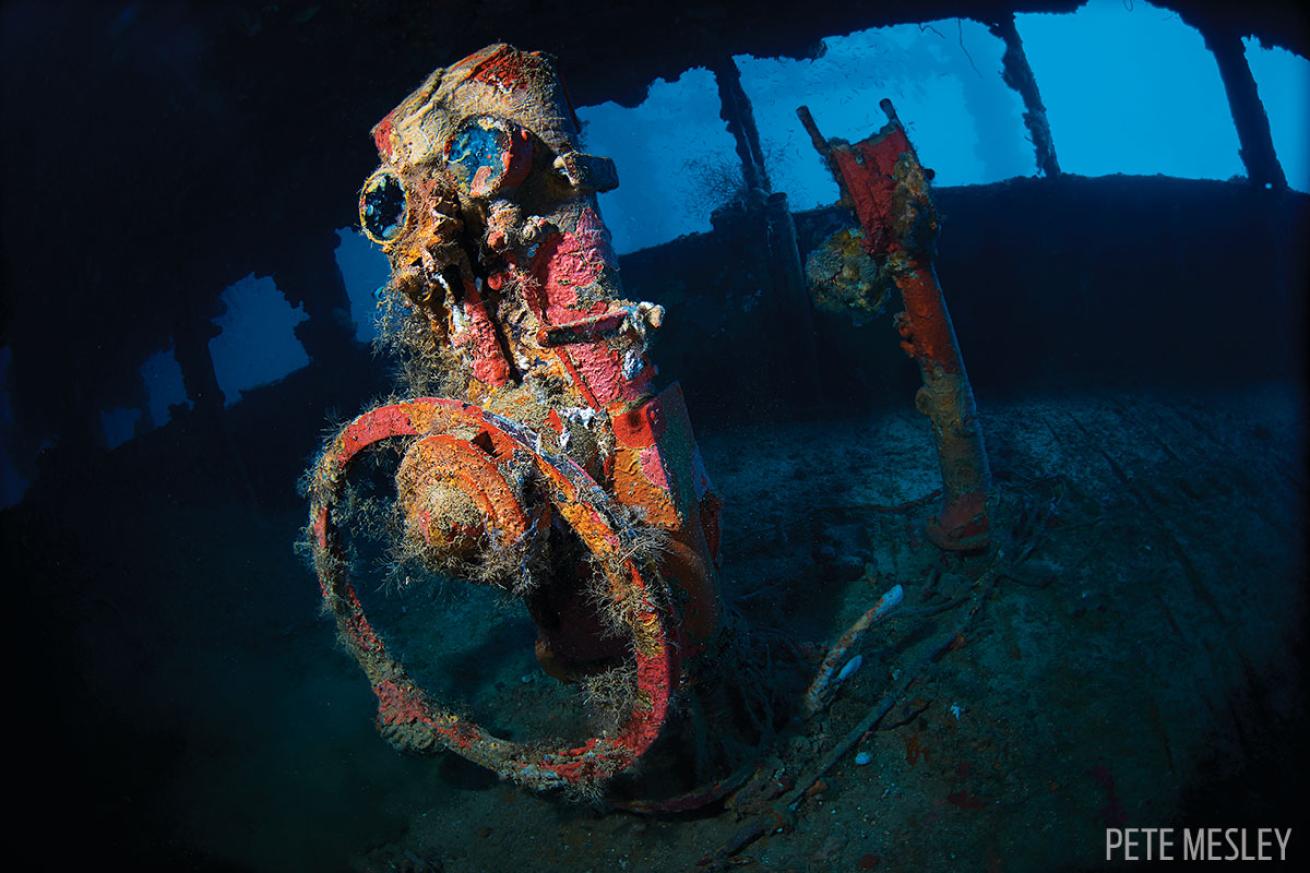
Pete MesleyThe wheelhouse of the Nippo Maru, which has an intact hull and superstructure.
GET INVOLVED
We never thought we could contribute to science through scuba diving. After Truk Lagoon, we have continued our training and work by volunteering for the Maritime Archaeological Association of Western Australia to survey historic shipwrecks in our local community, as well as undertaken formal introductory training in maritime archaeology. We are enjoying this new dimension to our diving because we had previously dived purely for recreation. Next time you plan a dive trip, consider volunteer diving to enhance your underwater experience and contribute to the preservation of the marine environment — many organizations are always on the lookout for a helping hand. — A.S. and C.S.

